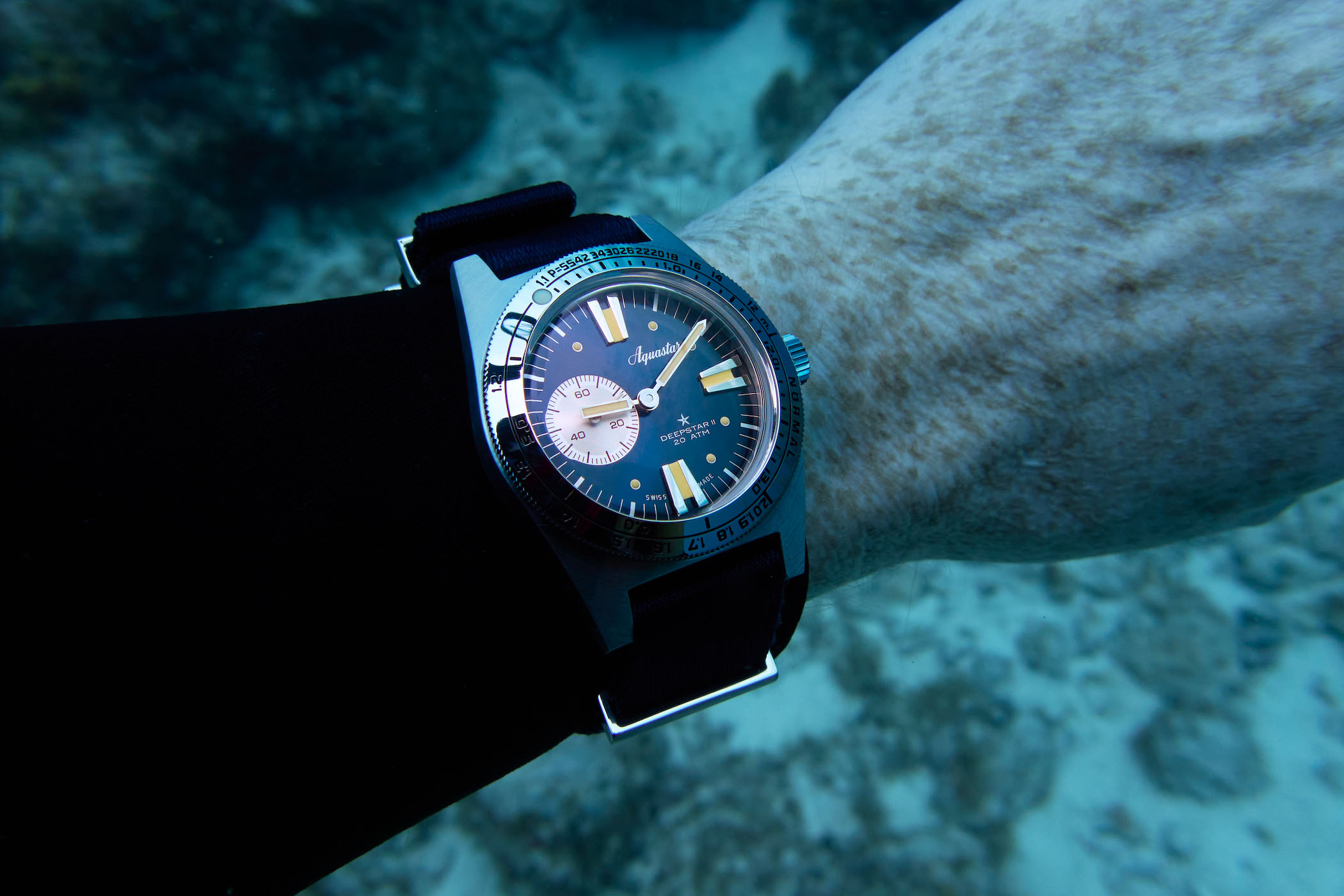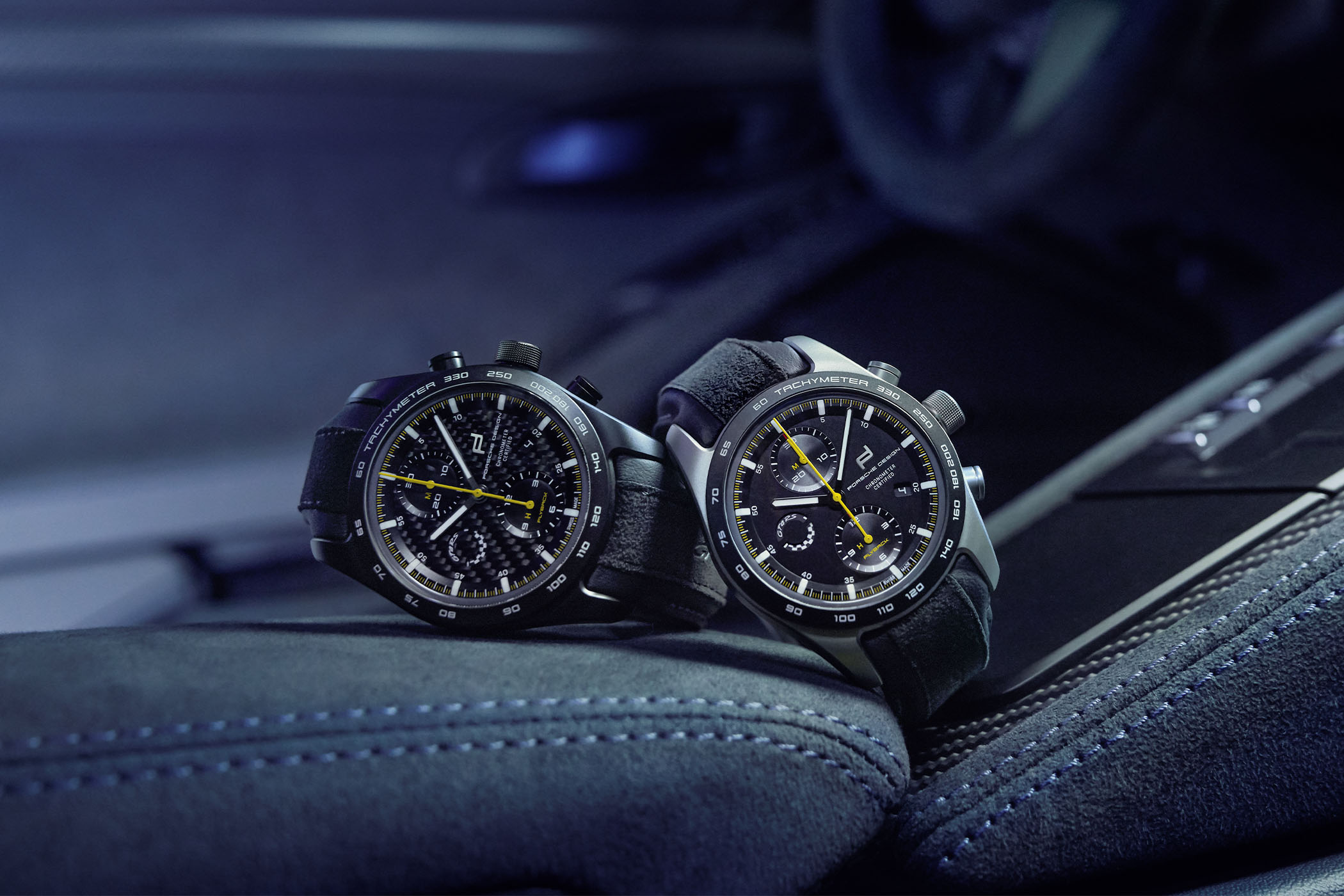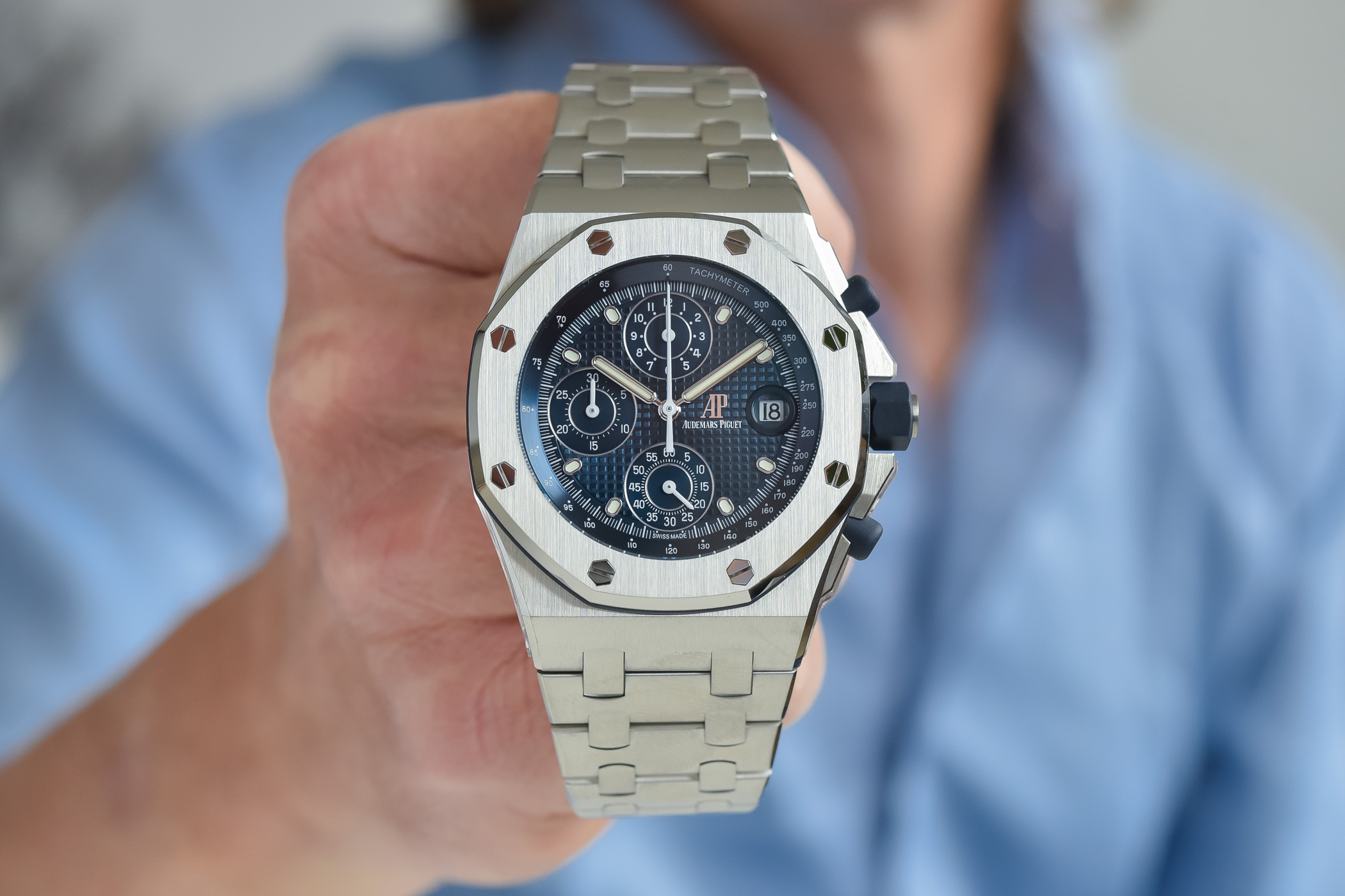Watchtime Wednesday: How Watchmaking came to Glashütte

The Saxon town of Glashütte in the East-German ore mountains is regarded as the German ‘watch Mecca.’ Here are the ateliers and workshops of the most important German manufacturers of luxury watches located, and this town’s name is known around the world for its quality. But how did it come to this? In our thirds Watchtime Wednesday installment we’re going to look at how watchmaking came to Glashütte.
The small town of Glashütte is conveniently located in Saxony, close to the border with the Czech Republic. Here, no less than eleven watch brands have their headquarters, and some even develop and manufacture their movements in-house. That’s why “Made in Glashütte/Sa” is a real quality certification, and it’s not enough to be a resident in order to print it on the dial print. For instance, at least 50 percent of the value must be added to the movement locally. This means that movement that originate from Switzerland must be exorbitantly decorated and/or technically modified. This sort of quality seal is unique in Germany. Wristwatches with well-known names such as A. Lange & Söhne, Glashütte Original and Nomos are built in Glashütte, Saxony, which is a region in East-Germany.

Today in Glashütte, Saxony, some 1,000 of the 7,000 inhabitants work in the watchmaking industry. That’s a large percentage, especially if you take infants, kids, and elderly into account. But how did it come to such a concentration of fine watch brands, in a small town like Glashütte, in the East-German ore mountains?
The story begins in the 15th century, when Glashütte was a small farming village, like many others. When in the 15th century silver ore was found and excavated, the town experienced a boom and even got town privileges in 1506. At the beginning of the 19th century, the ore deposits got exhausted, and unemployment Glashütte increased significantly.

The government of Saxony, which resided in Dresden, some 20 kilometers (12 miles) away, called on companies to settle in the ore mountains. Master watchmaker Ferdinand Adolph Lange, son-in-law and former apprentice of the Royal watchmaker Johann Christian Friedrich Gutkaes, submitted a plan to establish a watch industry in the ore mountains, which was based on the Swiss model as he saw it in the Vallée de Joux in Switzerland.
The main idea was to increase the wealth in that area – more jobs for the people – and also to keep more money in the country. When more high-end watches are produced locally, less high-end, and thus expensive, watches have to purchased and imported from Switzerland.
Lange planned to train 15 young people, to become watchmakers and/or specialist suppliers. This should become the “Gamete” of the German watchmaking industry, modeled after the Vallée de Joux. In order to keep the budding watchmakers in the region, after training was finished, Lange chose only locals for his watchmaking training.
The Saxon Ministry of the Interior chose Glashütte as a suitable place and Fredinand Adoplh Lange was granted a loan on the condition that he would train 15 apprentices. At that time, about 1,000 people lived in the ore mountain town and, besides helping the suffering inhabitants, the low wages probably played a role in the choice for Glashütte, as location for Lange’s proposal. In 1845 he went to Glashütte and founded his watch manufacture for pocket watches. He brought Adolf Schneider, who had also studied with Gutkaes, as Operations Manager for the manufacture.
It was no easy task to teach the former farmers about precision engineering and watchmaking. Despite the government loan, Lange’s new business almost drove him into bankruptcy, and he had to put his money and even his wife’s money, in the company.

Lange spend my time on production of movement parts and training the apprentices, and he even developed various devices for precision manufacturing of parts. Furthermore he developed the three-quarter plate as an improvement to the stability and rigidity of movement, and this has become a typical feature of watches from the Glashütte region. His precision machinery, the low cost of labor and the specializations of crafts, meant that he was able to produce very accurate, in series produced, and affordable watches. The watches sold well, especially in England and America.
 Lange’s plan succeeded; he established a watch industry. His apprentices became independent watchmakers or supplied movement parts and other watch manufacturers settled in Glashütte, like Moritz Grossmann, Robert Mühle and the watch factory Union. The theoretical lessons, which played an important role in Lange’s scheme, were further improved over time. In 1878 the German Watchmaking School in Glashütte was opened and that was mainly due to Moritz Grossmann. The vision of Ferdinand Adolph Lange had become reality: A proper watch industry with suppliers had established itself in Glashütte, and brought wealth to this town. Lange had become mayor of the town and also improved the infrastructure.
Lange’s plan succeeded; he established a watch industry. His apprentices became independent watchmakers or supplied movement parts and other watch manufacturers settled in Glashütte, like Moritz Grossmann, Robert Mühle and the watch factory Union. The theoretical lessons, which played an important role in Lange’s scheme, were further improved over time. In 1878 the German Watchmaking School in Glashütte was opened and that was mainly due to Moritz Grossmann. The vision of Ferdinand Adolph Lange had become reality: A proper watch industry with suppliers had established itself in Glashütte, and brought wealth to this town. Lange had become mayor of the town and also improved the infrastructure.
Watchmaking in Glashütte was entirely focused on manufacturing high-end (and complicated) pocket watches. With such a products, industrialization of the process, with assembly lines, was simply not possible and therefore never took place. More simple consumer watches, which were ‘mass produced’, came from other regions like in the German Black Forest and of course Switzerland. Around the turn of the century wrist watches came into fashion and that was also not something that watchmakers from Glashütte picked up. These two factors, combined with the Great Depression, contributed in the downfall of the watchmaking industry in Glashütte and not all brands survived that post WW-I period.
After WorLd War I
In 1926 the production wrist watches started to be produced by Uhren-Rohwerke-Fabrik Glashütte (Urofa) and Uhrenfabrik AG Glashütte (Ufag.) Wrist watches of the highest quality had the name “Tutima” on the dial.

During the Second World War, production focused on pocket watches and wristwatches for military use, including the famous large aviator watches. On the very last day of WW-II, Glashütte was bombed and badly damaged. After the war East-Germany became occupied by the Soviet forces and in 1951 the remaining Glashütte watch manufactures – including Lange and Mühle – were merged into the state-owned Glashütte Uhrenbetriebe (GUB.)
After Word War II
Wristwatches with the in the 1960’s developed automatic movements called Spezimatic, became popular as accurate and robust watches. In West Germany they were sold under the name Meister-Anker, and brought foreign currency to the socialist state. Later even quartz movements were developed and built. Over time interest for the vintage handmade and hand-decorated quality pocket watches from A. Lange & Söhne, among collectors from the West, rose again and at auction prices increased.
Post reunification
After the ‘Reunification’ the Glashütte watch industry slowly rose from the ashes. Watch manufacturers were privatized, and 1994, under the auspices of the German entrepreneur Heinz W. Pfeifer, luxury watches with the name Glashütte Original were launched. To this date the brand designs and manufactures the movements, and most parts, including the smallest screws, themselves.

Also in 1994 the watch brand A. Lange & Söhne was re-established. That happened with technical support from the Swiss watch brand IWC and the first wrist watches included the now legendary Lange 1 and the Tourbillon Pour le Merite. Walter Lange, the great grandson of Ferdinand Adolph Lange, who had gone to Western Germany after the war, support the brand. All movements are developed in-house and the quality and level of finishing is appreciated by collectors from around the world.

Mühle-Glashütte was revived by the family, who was still working in the Glashütte watch industry. Roland Schwertner founded the watch brand Nomos – the name had been used in the region before – and he used watch designs from the 1920’s from that area. Nomos also designed and manufactured its own movements. Wempe, the jeweler chain from Hamburg, also manufactured watches in Glashütte renovated the ruined observatory, which now houses the only German chronometer testing facility for watches.
The watch industry in Glashütte is doing great and keeps growing. Watch brand Tutima has returned to Glashütte, with some offices, sand even developed a complication that is new to the region: a minute repeater. Also the watch brand Moritz Grossmann has been revived and is currently building a new production facility. A. Lange & Söhne is also building a new production facility, that will be opened at the end of this year. They will also celebrate the 20th anniversary of the Lange 1; a watch that has become THE icon of fine watchmaking from Glashütte, in its short lifetime.
Last year our contributor Evan Yeung wrote an extensive article about the history of Nomos-Glashütte.
The original story, in German, was written by Jens Koch, and publish on watchtime.net.




1 response
A typo hidden in plain sight: AFTER WORD WAR I … word wars are what you have in Scrabble.